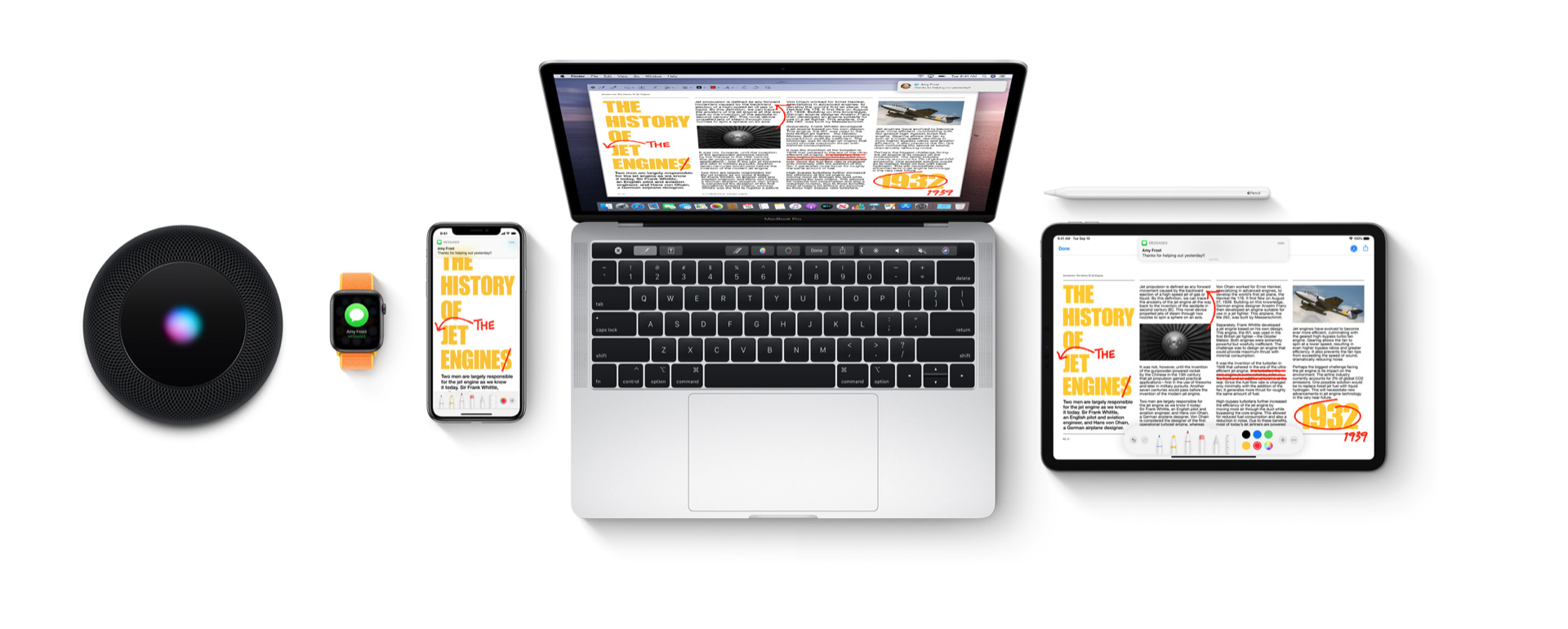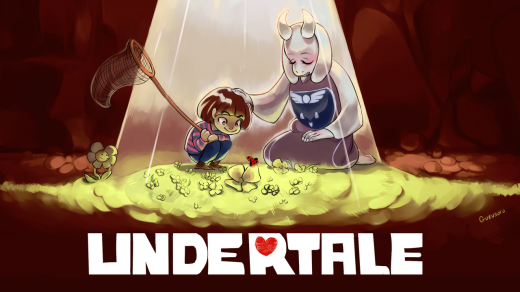I was recently listening to the FLAGRANT podcast, hosted primarily by comedians Andrew Schulz and Akaash Singh. I’ve seen some clips before on my YouTube Shorts feed, but I was intrigued when I saw that one of their latest episodes featured the YouTuber Marques Brownlee, better known online as MBKHD. Marques, who specializes in tech-related content, is a leader in his field and always produces high-quality videos aimed at explaining current developments in the technological world, with a focus on phones and computers.
Anyway, one of the points Marques talked about, reminded me of a video of his I saw a few years ago. That is, his video about the so-called “Apple Ecosystem.”
The Apple Ecosystem
The Apple Ecosystem he is talking about is a sort of concept/ideal Apple is working towards and in the eyes of many, has already achieved. Simply put, Apple is trying to make its customers buy exclusively Apple products that work together as conveniently as possible. This way, you would break the interconnectedness between all your devices if you were to buy a product from a company like Samsung or Google. Take the Air Pods, for example. They are so incredibly convenient when paired with an iPhone or MacBook because they pair instantly and even have custom-made UI when in use. If you were to get some new earbuds from Samsung, for instance, they would still work, but the incredible synergy with your other devices would be lost. This way, Apple slowly “traps” its customers in an Apple Ecosystem, making the hurdle to leave harder with every product the customer buys.
Whether this is a bad thing or not, is debatable. On the one hand, you’ve got people saying that this practice is hurting consumers by limiting the effectiveness of other products used in tandem with Apple’s proprietary products. On the other hand, you could also say that Apple is in no way restricting the functions of competitors’ products. They are merely making their own products work much better with each other. In the end, Apple is a business. They are justified in trying to make people want their tech more than those produced by other companies.
The Future
Things are changing though. As I explained in a previous blog post of mine, Apple will have to get rid of the lightning charging port by the end of 2024. This means that they will either switch to USB-C —removing the lightning cable from their ecosystem — or fully embrace wireless charging with their MagSafe technology and make that part of the ecosystem.
Another development in the works is the VR headset. Marques even touches open this in the FLAGRANT podcast episode (22m20s). He explains that because Meta has a near monopoly in the VR headset market, and because the sales of VR headsets are predicted to rise, Apple will most likely develop its own VR headset as part of the Apple Ecosystem in order to keep customers from buying a non-Apple product.

An important thing to note is that other companies are also engaging in this practice. Every major smartphone company seems to be selling their own headphones, smartwatches, and tablets nowadays. While Google is not a hardware company at heart, they still provide a decent ecosystem with the combination of the Pixel smartphone, the Pixel Buds, and the Google Nest.
The tech industry is seemingly taking an interesting turn in this way. While traditional brand loyalty used to be the only real factor to stick to a certain company even when there were better products, nowadays it may be a matter of convenience. Let’s hope that companies won’t cross the line of intentionally making non-propietary products work worse.
It might be a fun thought experiment to look at your own tech usage and see if you yourself are in a technological ecosystem of sorts.



I am definitely victim to this apple ecosystem haha.. I see how people can fall for this though because contemporary capitalist culture puts immense pressure on individual productivity. One should always be ‘productively’ using their time and when they’re not productive, they’re probably on their phone anyway. So the illusion of perfect efficiency within the apple ecosystem certainly is appealing in light of this constant pressure of time (even though the realistic difference in efficiency is probably just a couple of seconds).
You’ve made such a good point! I haven’t ever considered that there may be a whole Apple ecosystem, but now when you mention it – almost every person I know that uses an Iphone eventually ends up using other Apple products as well. Moreover, ever since getting an Iphone, I keep catching myself debating purchasing other Apple related things, ranging anywhere from Air Pods to macbooks, while I’m completely happy with my lenovo laptop!! What a tech black hole, just cannot escape it once it sucks you in :’)
I have tried so hard to not be part of any kind of technological ecosystem but honestly it is pretty much impossible to do so if you want your devices to be functioning properly or not pay tons of money to keep up with technology. Most students do not even realize that they are pretty reliant on Google’s or Microsoft’s ecosystems because the usage of Google Drive, Google Docs and Microsoft Teams is ingrained in our daily life so much that we don’t even think about it anymore